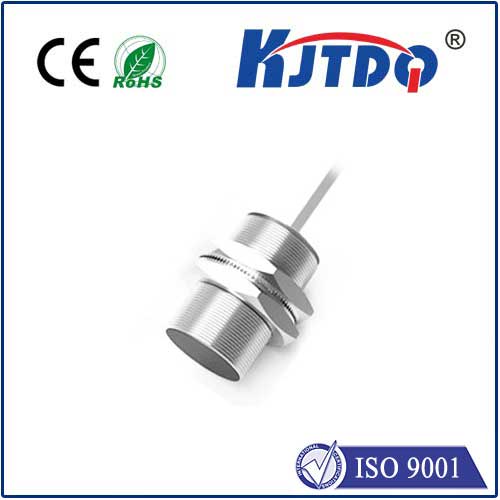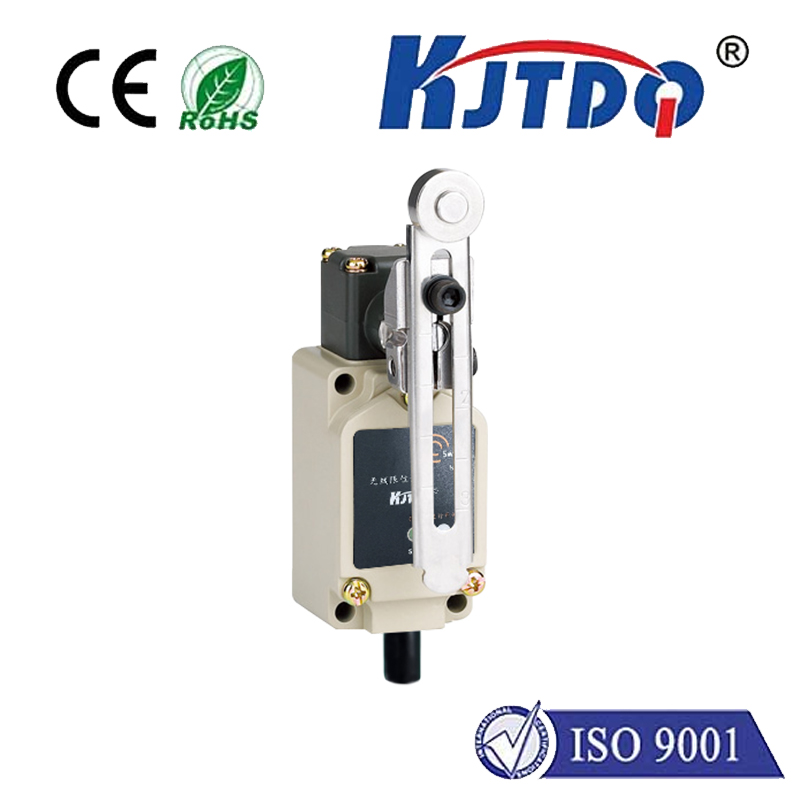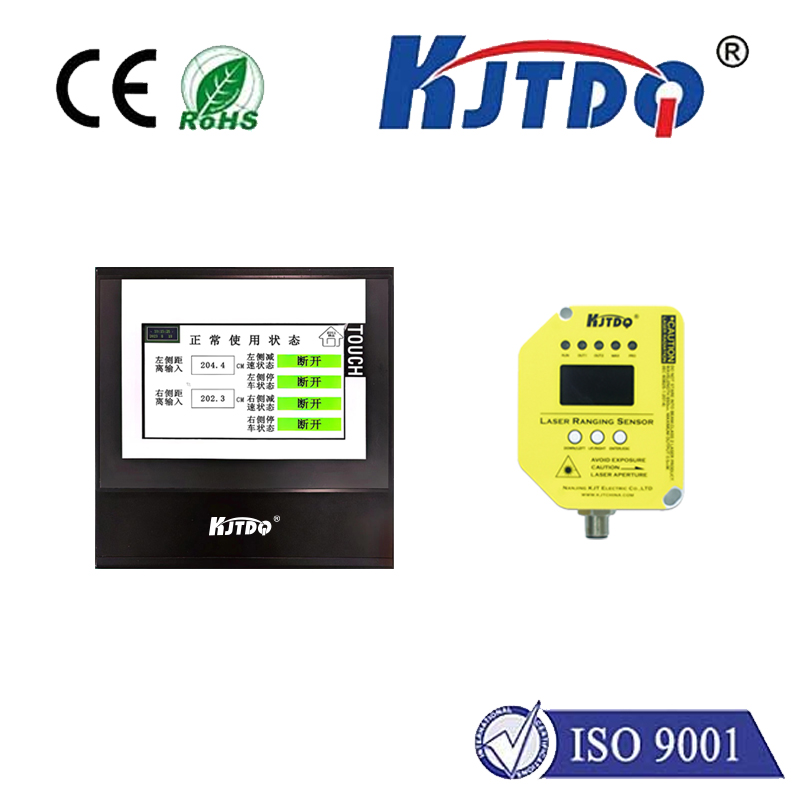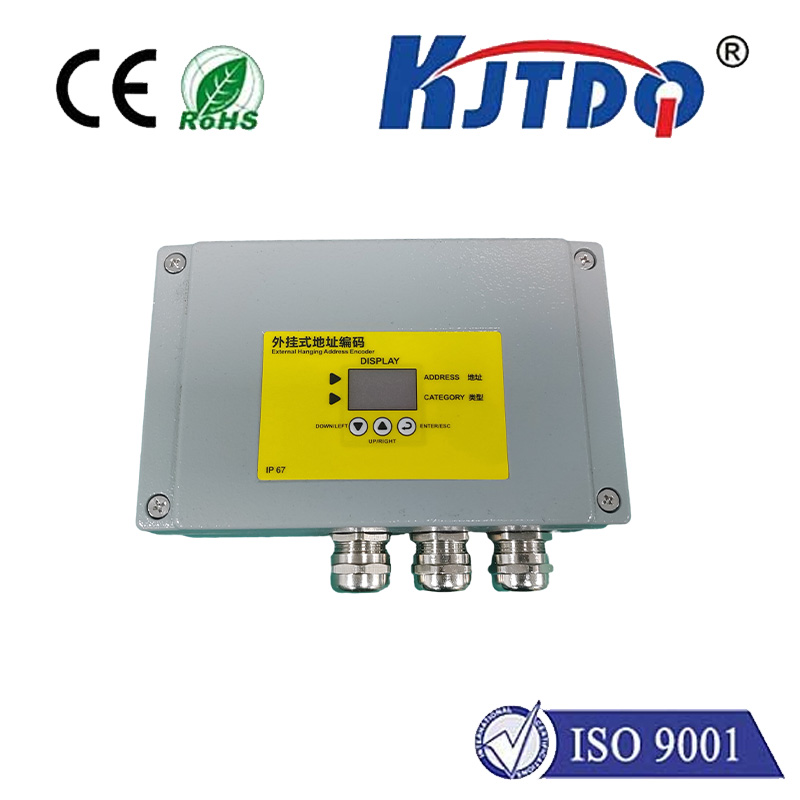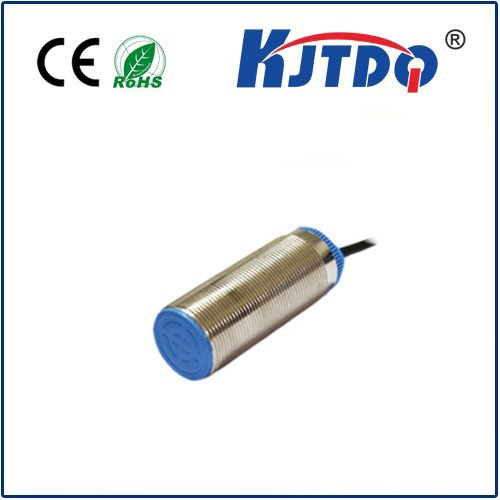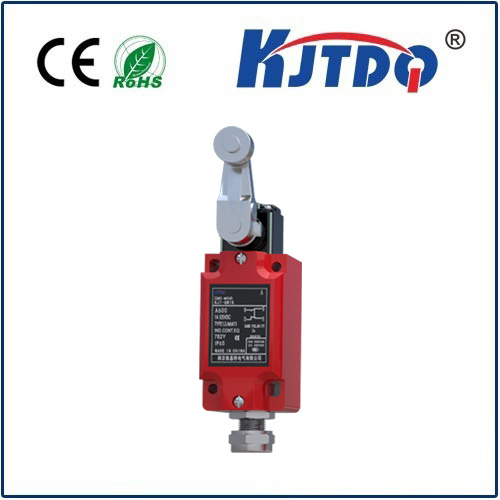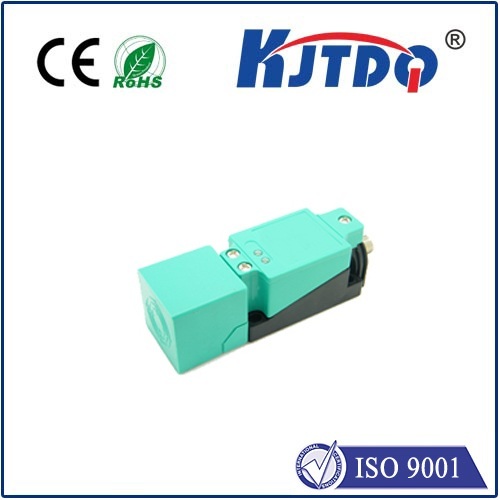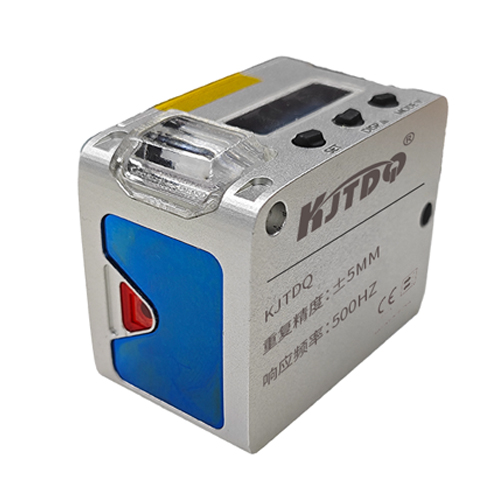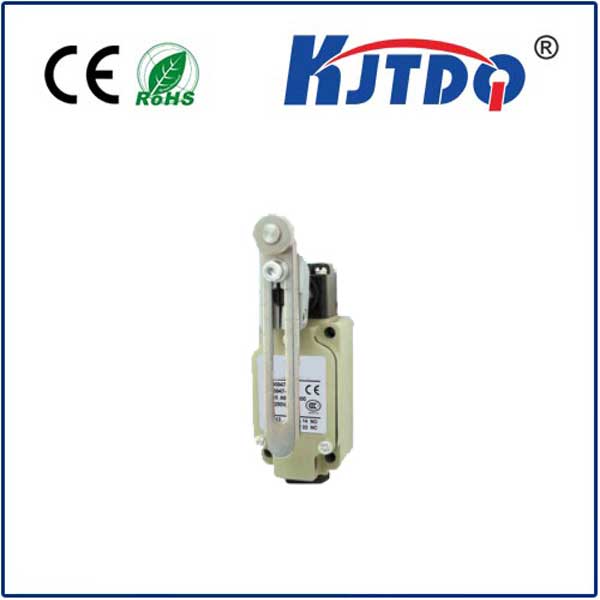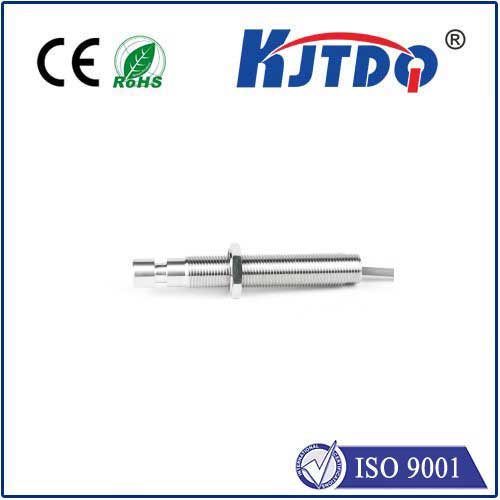E3RA-TP11 2M micro photo sensor
- time:2025-10-09 12:01:56
- Click:0
E3RA-TP11 2M Micro Photo Sensor: Precision Detection Powerhouse for Demanding Automation
Within the intricate dance of modern manufacturing, where precision dictates profit and efficiency reigns supreme, a silent yet critical evolution continues: the relentless miniaturization and enhancement of sensing technology. Robots must flawlessly locate minuscule components, conveyors require infallible object counting, and assembly lines demand perfect part verification – all tasks hinging on the performance of often unseen components. Leading this charge in critical detection is the Omron E3RA-TP11 2M Micro Photo Sensor, a sophisticated device meticulously engineered to deliver unparalleled reliability and long-range sensitivity within an incredibly compact form factor, making it indispensable for complex industrial automation scenarios.
Unpacking the Precision Tool: What is the E3RA-TP11 2M?
The essence of the E3RA-TP11 lies in its fundamental role as a through-beam micro photoelectric sensor. Its core function involves detecting the presence or absence of an object by projecting a focused light beam (typically infrared or red light) from an emitter unit across a gap towards a separate receiver unit. When an object physically obstructs this beam, the receiver triggers a signal change. The defining characteristic highlighted in its name – the “2M” – signifies its potent long-distance detection capability of up to 2 meters (6.56 feet) between emitter and receiver. Crucially, this impressive range is achieved within the confines of a remarkably compact micro sensor housing.

The Engine of Dependability: How It Operates
The robust performance of this micro photo sensor stems from its advanced design principles. Despite its miniature size, the emitter generates a powerful, tightly collimated beam of light designed to travel efficiently over the specified 2-meter distance. The corresponding receiver is exceptionally sensitive, capable of reliably detecting even a significantly attenuated beam after its journey across the sensing gap. This inherent design ensures superb immunity to challenges common in industrial environments, such as:
- Ambient Light Interference: Sophisticated modulation techniques differentiate the sensor’s specific signal from background light fluctuations.
- Dust & Light Contaminants: The focused beam and optical design minimize the impact of airborne particulates or minor lens contamination.
- Vibration: Rugged construction ensures stable operation even on moving machinery.
Crucially, the E3RA-TP11’s configuration necessitates precise alignment of its emitter and receiver units. While this demands careful initial setup (often aided by alignment indicators), it delivers unmatched detection stability and precision for critical applications, outperforming diffuse-reflective sensors in challenging conditions over distance.
Where Miniaturization Meets Maximum Impact: Key Applications
The unique fusion of micro size and extended 2M range positions this micro photo sensor as the ideal solution for numerous demanding industrial tasks:
- Small Part Detection & Verification: Crucially detecting tiny components like electronic chips, miniature springs, seals, or fasteners on high-speed assembly lines or feeding systems where space is at a premium. Its precision prevents costly jams or missed parts.
- Extended Gap Conveyor Monitoring: Accurately counting boxes, cartons, or pallets moving on wide conveyors or across processing gaps where the sensor pair must be positioned further apart, leveraging the full 2-meter capability effectively.
- Material Handling & Logistics: Ensuring precise object positioning within automated storage and retrieval systems (AS/RS) or verifying pallet presence on automated guided vehicles (AGVs), even with larger equipment footprints.
- Packaging & Processing: Detecting film webs, product presence in sealing jaws, or controlling fill levels reliably over distances where other sensors might falter, especially within constrained machine frames.
- Automotive & Precision Engineering: Verifying component installation (e.g., small bearings, clips, gaskets) within complex assemblies or engine blocks, requiring reliable detection deep within machinery or across fixtures.
The Distinctive Edge: Why Choose the E3RA-TP11 2M Micro Sensor?
The competitive advantage becomes clear when examining its core attributes:
- Unmatched Long-Range in a Micro Form: This is the defining triumph. Achieving a stable 2M sensing distance within a housing measuring only 15 x 40 x 15 mm (approx. W x H x D) offers immense flexibility for integrating reliable detection into extremely space-limited environments where standard through-beam sensors simply won’t fit, without sacrificing critical range.
- Exceptional Reliability & Stability: Engineered for industrial automation, it provides high resistance to environmental factors like vibration, ambient light interference, and minor contamination through its focused beam and advanced circuitry, ensuring dependable operation critical for production uptime.
- Precision Detection: The sharp-defined, modulated beam allows for the detection of very small objects and provides highly accurate position sensing compared to diffuse-reflective models, especially at range.
- Simplified Installation & Alignment: While requiring alignment, its compact size often makes mounting easier in cramped spaces than trying to manoeuvre larger sensors. Built-in stable mounting features and alignment indicators streamline setup, maximizing operational efficiency.
- Robust Construction: Designed to endure the rigours of the factory floor, it offers dependable performance under demanding conditions over an extended lifespan, supporting lean manufacturing goals.
Selecting the Perfect Sensor: A Vital Consideration
While the E3RA-TP11 2M offers compelling advantages, selecting the right photoelectric sensor is paramount. Carefully consider:
- Required Sensing Distance: Does your application truly leverage the 2M range, or is a shorter-range sensor sufficient? Ensuring the gap fits within the sensor’s specification is crucial.
- Object Characteristics: Size, material (opaque, transparent, reflective), and required detection precision significantly influence suitability.
- Environmental Conditions: Assess dust, moisture (IP rating – typically IP67 for these sensors), temperature extremes, and potential chemical exposure. The E3RA-TP11 excels in challenging but typical industrial environments.
- Space Constraints: If mounting space is extremely tight, the “micro” aspect is a major benefit.
- Response Speed & Output Type: Ensure the operating frequency and output signal (NPN/PNP transistor, relay) match your control system requirements. E3RA-TP11 models offer various outputs and fast response times suitable for high-speed automation.
| Key Technical Considerations for E3RA-TP11 Implementation |
| Parameter |
Typical Specification / Importance |
| Sensing Distance |
Up to 2 meters (E3RA-TP11 specific long-range capability) |
| Housing Size |






